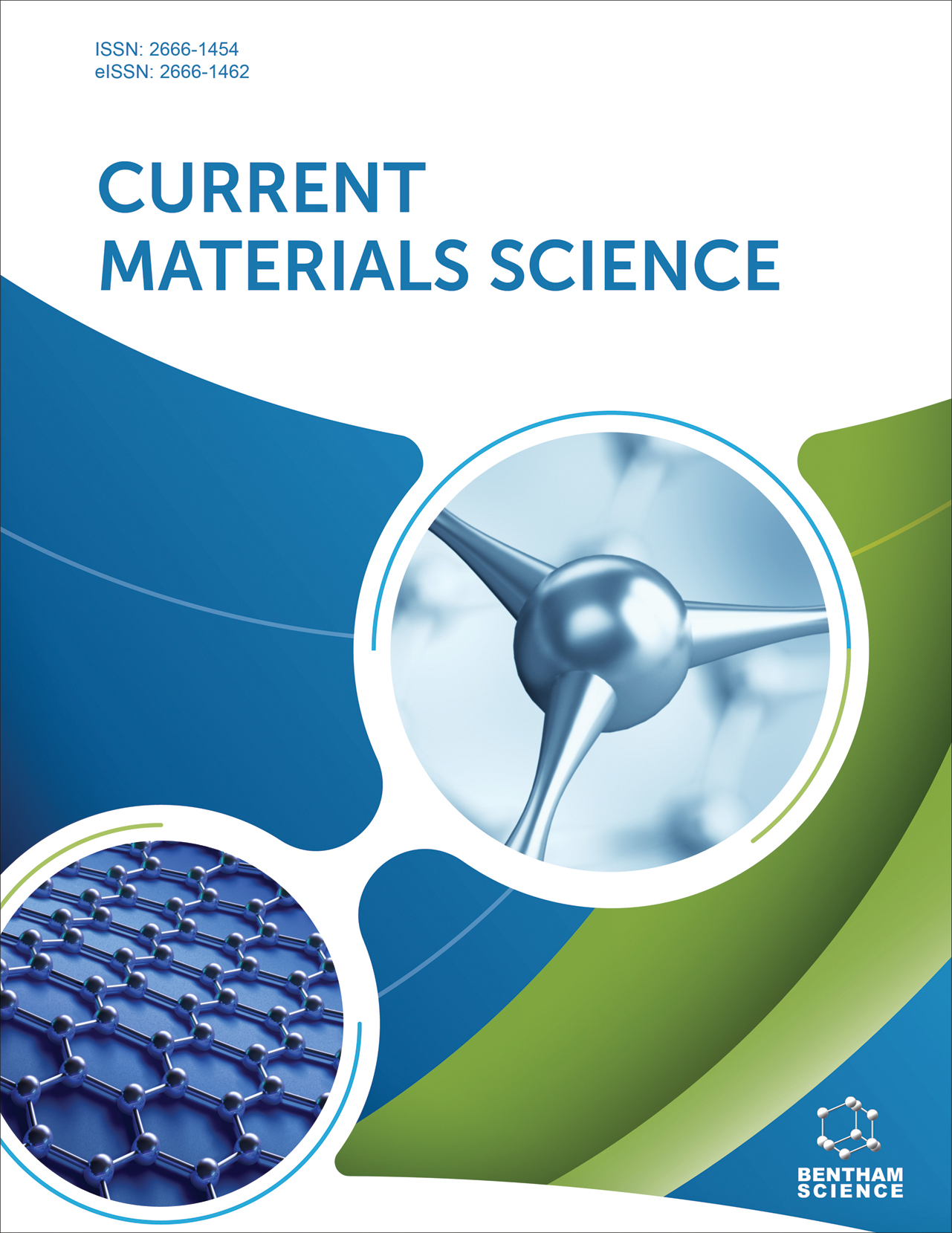
Full text loading...
We use cookies to track usage and preferences.I Understand

Breast cancer is one of the most prevalent cancers affecting the female population worldwide. It is a highly heterogeneous disease mainly classified into three subtypes based on the status of the molecular markers for the hormones (estrogen and progesterone) and epidermal growth factor (HER-2) receptors. Hormone receptor positive breast cancer shows a good prognosis, while tumors that do not show any of these receptors (triple negative breast cancer) are highly invasive. Despite all the conventional therapies for the treatment of breast cancer, it remains the leading cause of cancer deaths of women worldwide.
Chemical grafting of nanoparticles (NPs) with polymers and surface modifiers as a targeted ligand can become an alternative for active targeting. Hence, these polymeric NPs can control drug release with pH-responsive stimuli, and the high selectivity of these NPs allows them to accumulate more inside the cancer cells that overexpress these receptors, leaving normal cells unaffected.
Formulation incorporates various polymers, solvents drug, and stabilizing agents in the aqueous phase. Various techniques discussed in this review are employed for synthesis, resulting in a dry NP formulation.
In this context, we shall discuss the development of NPs against distinct forms of cancer malignancies. From here, we know that polymeric NPs can produce a system with good characteristics, effectiveness, and active targeting of different cancer cells.
This system is a striking candidate for the targeted drug delivery for cancer therapy, anticipating that NPs could be further developed for various breast cancer therapy applications.

Article metrics loading...

Full text loading...
References


Data & Media loading...